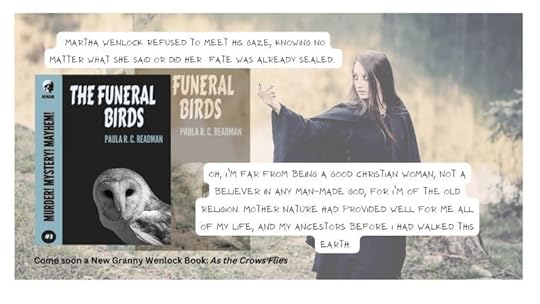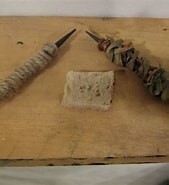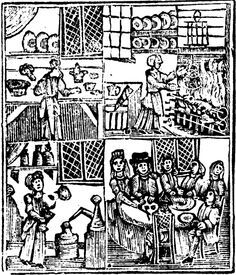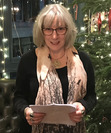Martha is on the Move.
Finally, I’ve found my writing mojo. After the death of her family from the winter sickness seventeen-year-old Martha Wenlock has moved into her grandmother’s cottage. Now this has thrown up all sorts of questions. I know I’m not writing a historical novel, and it is a work of fiction, but I still want to get my facts right.

Already this morning I’ve checked out when people first started using pencils as a means of writing and drawing. The pencil we use today was once silverpoint or lead point until in 1565 (some sources say it was as early as 1500) when a large deposit of graphite was discovered in the hamlet of Seathwaite in Borrowdale parish, Cumbria, England. This deposit of graphite was extremely pure and solid, and it could easily be sawn into sticks. It remains the only large-scale deposit of graphite ever found in this solid form. Graphite sticks were initially wrapped in string or sheepskin (leather) for stability because it was soft, making it difficult to hold and it blackened the user’s hands. What we recognise as a pencil encased in wood was designed by an Italian couple named Simonio and Lyndiana Bernacotti in 1560. England would enjoy a monopoly on the production of pencils until a method of reconstituting the graphite powder was found in 1662 in Germany. From 1612 to 1770, breadcrumbs were used in the writing world as an eraser.
 What early pencils looked like: Graphite sticks wrapped in string or sheepskin. Picture found on Pinterest
What early pencils looked like: Graphite sticks wrapped in string or sheepskin. Picture found on PinterestMy next search was to find out whether Martha would boil water to make a hot drink in a pot or an early form of what we would recognise as a kettle. Such simple everyday things have me at a standstill, because it bothers me, if I don’t get it right.
So, to start with the word kettle originates from Old Norse ketill “cauldron”. We’ve all heard of the word cauldron and its link to witches. This simple pot was used to cook everything in. With just a chain or a metal rod you can hang it over an open fire.
 15th Century cooking
15th Century cooking Martha’s father was a wool merchant, so he had money to ensure his mother lived in a warm and dry cottage. He put glass in all the windows and added a kitchen to the cottage. Of course, the word kitchen wasn’t known in 1616. Chimneys were added to the end of buildings because it was easy to pull it down to put out a chimney fire thus saving the rest of the building.
I’m trying to use words, not too many of them, to make the language of Martha’s time come alive to the reader. This will then allow the reader to understand Martha’s misunderstanding in Dave and Joan’s time.
Chat again soon.



